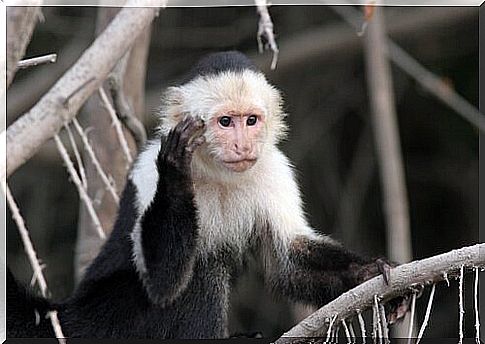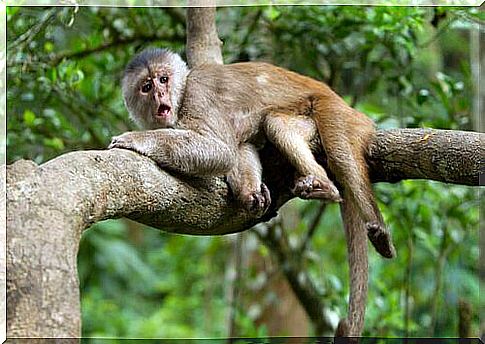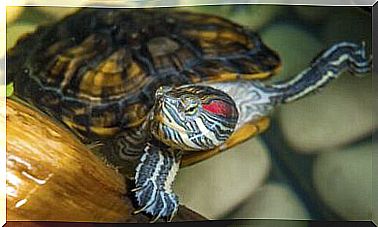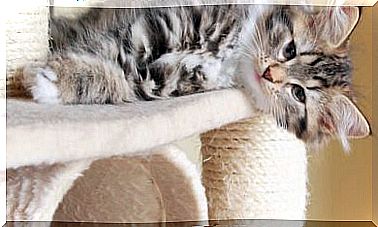Capuchin Monkey: Characteristics, Behavior And Habitat

When we talk about primates, without a doubt one of the best known is the capuchin monkey. This New World monkey lives in South America and is a very special primate, of which there are many species, all of them from the same primate family, known as Cebus.
Capuchin Monkey Characteristics
These monkeys are small, measuring about 45 centimeters in height. They usually have ridges or tufts of dark colors on the front, related to dominance in the group.
In addition, all species of capuchin monkey have a prehensile tail. This means that you can use it as a fifth leg, as it has the same sensitivity as your hands.
Capuchin monkeys are very sociable primates and live in groups. About their food, they eat fruits, leaves and small animals such as birds or insects. There are several species, but the best known are the following:
- The best known is the capuchin monkey ( sapajus appeal ), the most distributed primate in the neotropical region after humans. It has a brown coat, with erect black hair in front.
- The sapajus cay capuchin monkey is similar to the previous one, but has a longer coat.
- The white-faced capuchin monkey is another of the best known, characterized by its white and black coat, which on its head resembles Capuchin monks.
All species of capuchin monkey have a prehensile tail. This means that you can use it as a fifth leg, as it has the same sensitivity as your hands.

Behavior
This primate species is reputed to be the smartest medium-sized ape, second only to great apes. This is mainly due to the fact that they are one of the best examples of the use of tools in animals.
Thus, Capuchin monkeys use rocks and stones to crack nuts, and teach their descendants to do so. They can also use other tools and, in fact, there is archaeological evidence that they have been doing this practice for thousands of years. This makes the oldest animal tools outside of Africa belong to this species.
One of the capuchin monkey’s most curious behaviors is what it does with onions. This vegetable has antiparasitic components. Groups of monkeys call meetings known as onion baths, in which they rub each other with this bulb.
This phenomenon not only allows the capuchin monkey to avoid mosquitoes, but also has a social function similar to fraternization. Participating monkeys strengthen bonds and help others reach places they cannot reach on their own, in addition to being very happy and emitting vocalizations.
Habitat
All Capuchin monkeys live in northern South America and Central America. All are arboreal primates, that is, they live in the tropical jungles that grow in these latitudes.
Most species of Capuchin monkey are not in danger of extinction and are abundant. There are only a few very endangered species, such as the yellow-breasted capuchin or the blond capuchin.
But the most abundant species are also under threat. Unfortunately, their expressiveness and charisma made them, together with the titi monkey, one of the species most affected by illegal animal trafficking. In this sense, it is noteworthy that it is forbidden to have a monkey as a pet.
It also made them fall prey to the movie industry. Capuchin monkey cubs are separated from their mothers to be trained and work as actors, and end up appearing in well-known movies. Luckily, they can currently be reproduced through special effects, but there are many productions that continue using these animals.
The Capuchin monkey continues to populate the largest jungle in the world, but deforestation and clandestine capture are putting at risk the future of the species and its ecosystem, which is the great lung of the planet.









